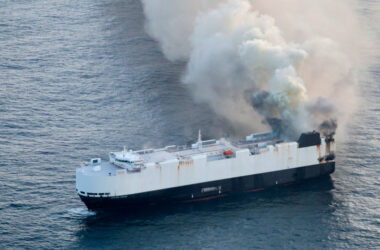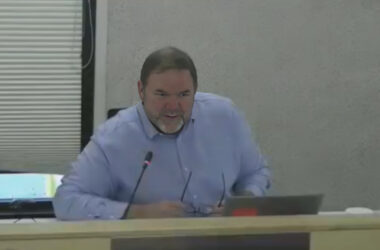The Kenai City Council was recently awarded a grant from the U.S. Department of Homeland Security passed through the Alaska Department of Military and Veterans’ Affairs to update the city’s Emergency Operation’s Plan. A previous ordinance was enacted which accepts and appropriates funds to accomplish the update.
Kenai Fire Chief Tony Prior says that revisions of longstanding city plans were needed to accommodate current disaster mitigation, response and recovery planning requirements and community response resources:
“Together we kind of worked on taking each section, seeing what information had changed locally and nationally and plugging it in there and seeing companies, local information, things that have changed. There’s a lot that have changed since 2006, even locally in our city, as well as making sure that our plan meets the borough’s plan, meets the state plan, so that when we have an emergency or declared disaster, that we’re following along with what we need to to recoup some federal funds.”
The all-hazard, all-risk plan is based on the National Incident Management System for comprehensive management of disaster emergency relief forces and disaster emergency operations, developed by the City of Kenai. This Emergency Operations Plan describes the system that will be used to manage the mitigation of, preparation for, response to, and recovery from natural and human-caused disaster emergencies.
Chief Prior added:
“So basically, the federal government will pay 75% of it so the state or local communities responsible for the 25%. What funds do we set aside as a city to have ready in case there’s an emergency as happened with the COVID, we were able to appropriate funds rather quickly in the event of an emergency? In March of 2022, FEMA requested that a revision be made on how the cost allocations are sent, based on what the state does, the income that the state has coming in, so that will be changing, and I recommend that we’re updating this plan again in a year from now, not two years as required.”
The updated version has been completed and approved by the Alaska Division of Homeland Security and Emergency Management after review from the State Emergency Response Commission All Hazards Review Committee.






